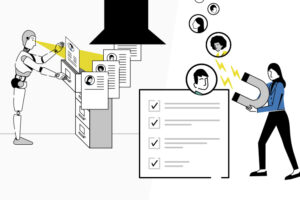
When Douglas Conant took over as CEO of Campbell’s Soup in 2001, it was the worst-performing major food brand of its time.
Things were so bad that a Gallup manager described employee engagement as “the worst ever seen among the Fortune 500.”
Fast forward eight years, and the company’s stock increased by 30% and employee engagement skyrocketed. Their engaged-to-disengaged employee ratio (23-to-1) nearly doubled the benchmark ratio used to identify “world-class” companies (12-to-1).
How did Conant manage to rescue the failing company? And what can HR and learning and development leaders take away from this inspirational turnaround of employee engagement and performance?
In his own words, Conant went “all in” on “getting the workplace right.” This inspired the necessary employee engagement and productivity that got employees “competing with a spring in their step.”
Delivering exceptional talent experience, in essence, fueled Conant’s and Campbell Soup’s exceptional success.
The Modern Talent Experience Advantage
In today’s employee-centric workplace and raging war for top-tier talent – in which we’re all involved – Conant’s approach to talent and employee experience management is alarmingly relevant.
This is because merely managing talent in a way that’s convenient to HR is no longer enough. Top-tier employees now expect an engaging employee experience to match their skills and potential.

Organizations spend upwards of $700 million per year on employee engagement initiatives that boast perks like flexible vacations, work-life balance programs and gourmet snack stations. Do these initiatives work?
Yes, but not in the way that they should.
“Most initiatives amount to an adrenaline shot,” reports Harvard researcher, Jacob Morgan.
Analyzing the employee engagement levels of more than 250 diverse companies, Morgan found that companies investing in the employee experience earned four times the average profit and more than two times the average revenue of those that didn’t.
They even outperformed companies featured on Fortune’s and Glassdoor’s “Best Places to Work” lists.
In this post, you’ll learn how talent experience and talent management translate to employee engagement, and which one will help you effectively build a competitive, agile and future-proof workplace in a fast-changing world.
(If you want to skip ahead to a specific topic, click on its title below.)
- The Evolution Of Employee Engagement And Talent Experience
- What is Talent Management?
- Disruption: Why Talent Management Systems Alone Aren’t Enough
- What Is Talent Experience And Why Is It Important?
- Talent Experience Platforms Vs Talent Management Systems
- The 3 Elements Of Employee Engagement
- How Current HR Tech Harms Employee Experience
- Introducing The Totara Talent Experience Platform
The Evolution Of Employee Engagement And Talent Experience
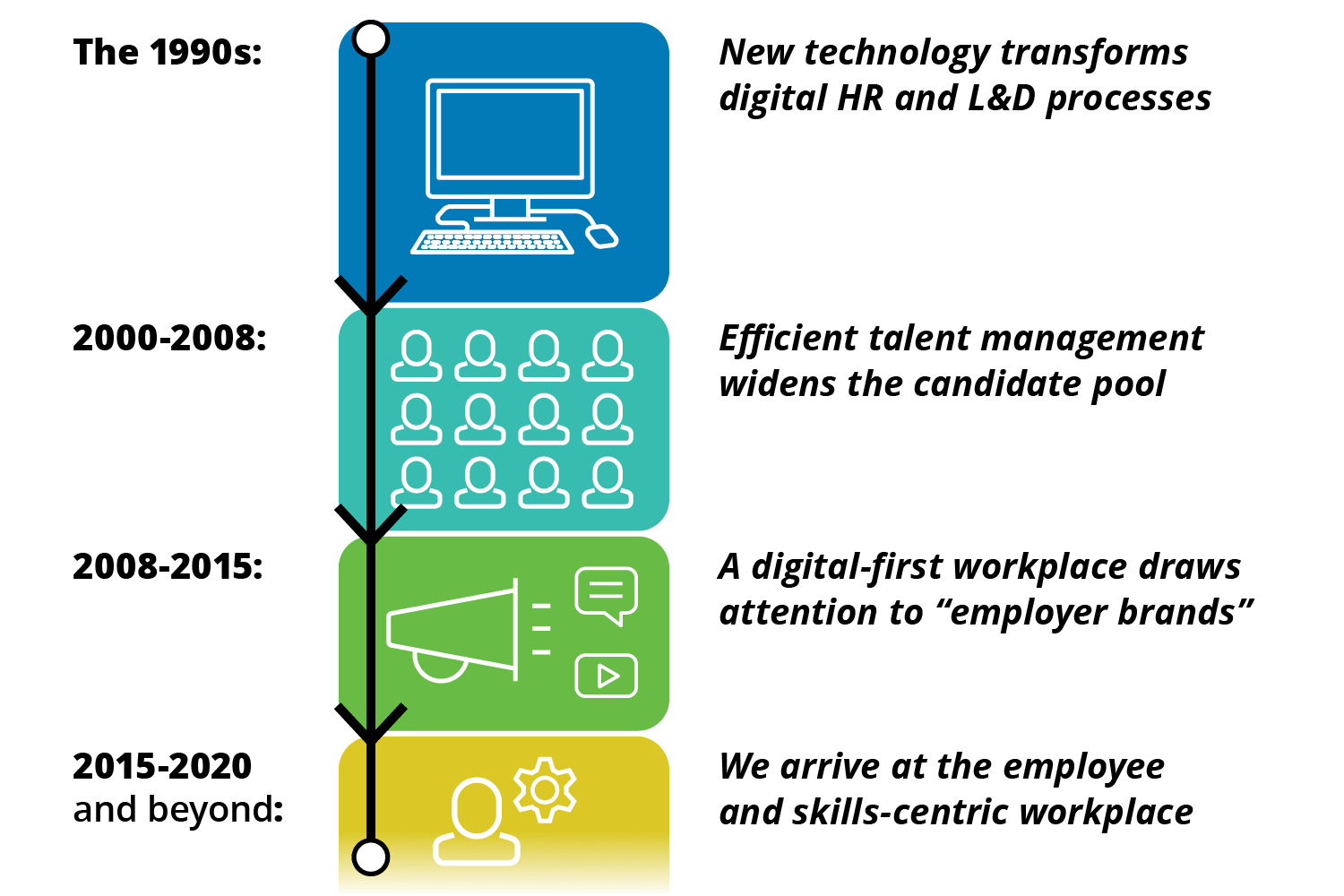
In the past two decades alone, we’ve witnessed explosive evolutions in the world of HR and L&D. To understand where these industries are headed, (and the differences between talent management and talent experience) it’s important to grasp how we’ve reached our current world of work.
Over one hundred years ago, the first learning management system (LMS), then called a “teaching machine,” was developed by Sidney Pressey and resembled a crude, compact typewriter:
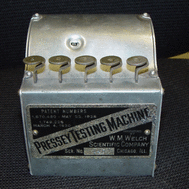
And when Monster launched the first-ever job board and recruitment website in 1994, it looked like this:
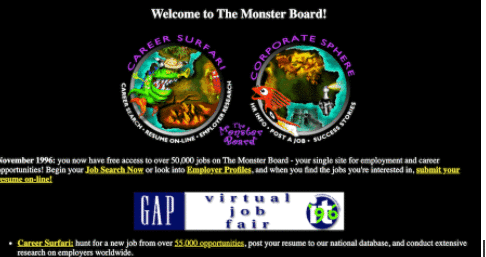
Fortunately, technology has advanced rapidly since then, and in tandem, so has HR and employee culture.
The 1990s: New technology transforms digital HR and L&D processes
The modern era of HR and the “information age” began with the internet being released to the public. SoftArc developed the first-ever learning management system (LMS) software for the MacIntosh platform, and Monster pioneered the first online job searching database.
This revolutionized the employer-applicant tracking aspect of talent management. Scanning paper CVs and resumes into a basic Applicant Tracking System (ATS) and monitoring performance via Excel were miraculous leaps forward from messy manila folders and clunky metal filing cabinets.
2000-2008: Efficient talent management widens the candidate pool
The ATS became mainstream. Early adopters like IBM, Dell, and Hewlett-Packard started using technology to make HR processes more efficient, and recruiters could now source and screen hundreds of potential candidates to choose the most qualified.
The 2008 recession also forced organizations to think more about optimization and efficiency. This gave rise to cloud HR and integrated talent management tech to improve recruitment, onboarding, succession planning and other HR admin-related tasks.
2008-2015: A digital-first workplace draws attention to “employer brands”
Sites like LinkedIn, Indeed and Glassdoor disrupted the recruitment market, with employees now reviewing employers.
A complex “digital-first” workplace raised the demand for technical skills. As the economy recovered, more people paused their career ladder climb “mid-rung” to step into a growing gig economy.
For many organizations and HR departments, this created an expensive revolving door of recruitment; new talent entered just as fast as old talent left. In response, more attention was given to employee retention.
To attract and retain talent, companies began offering competitive benefits beyond expected health and retirement programs. Organizations also started focusing on employer brand, culture and employee engagement.
As technology advanced and accelerated workplace changes, companies started focusing on what we now call “digital transformation” and “change agility.”
2015-2020 and beyond: We arrive at the employee and skills-centric workplace
Today, the workplace is employee-centric.
Skilled, high-performing talent is harder to find and more valuable than ever.
At the same time, in-demand employees enjoy more options than any other point in history (hence giants like Amazon are spending $700 million to train 100,000 “low-skilled” employees to do higher-skilled jobs.)
When choosing a company to start or continue working for, employees now prioritize purpose, wellbeing and learning and development.
This change is the “fork in the road” that splits talent experience and talent management apart.
Integrated HR and talent management systems excel at administrative and logistical tasks that manage employees (onboarding, recruitment, payroll, etc.), but what about the employee experience?
Unfortunately, most talent management systems lack the depth of focus to enhance:
- Employee development plans and learning
- Employee engagement and collaboration
- Modern performance management
This widening gap has given rise to the talent experience marketplace:
Employee-centric tech like Learning Experience Platforms (LXPs), for example, are now bridging the abyss between management, culture, development and collaboration.
(Learn more about the difference between an LMS vs LXP here.)
Ahead, we’ll look at why talent management can’t replace talent experience, and how you can improve talent experience to increase employee engagement and performance.
What is Talent Management?
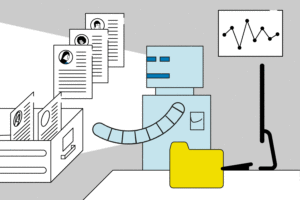
“Talent” is a popular term thrown around in the world of business and people management. Titles and roles such as Chief Talent Officer and VP Of Talent are now mainstream and officially recognized. But what do we mean when we talk about talent, and talent management?
The word “talent” is interpreted differently across separate organizations and sectors. In a general sense, talent describes your company’s lifeblood: your workers.
In specific HR and L&D circles, however, “talent” describes all employees with the potential or skills to significantly contribute to organizational performance.
As a key function of HR, talent management is the systematic process of attracting, managing and retaining high-performing employees. The typical talent management process covers a comprehensive range of critical stages in the employee lifecycle. This includes:
- Applicant tracking
- Recruitment
- Performance management
- Compensation and benefits
- Skills gap analysis
- Employee retention
- Succession planning
- Career management
- Deployment
A strong talent management strategy is key for any organization. It helps fulfill critical skills gaps, boost performance and manage employee logistics. But in today’s world, forward-thinking and competitive organizations need more.
Disruption: Why Talent Management Systems Alone Aren’t Enough
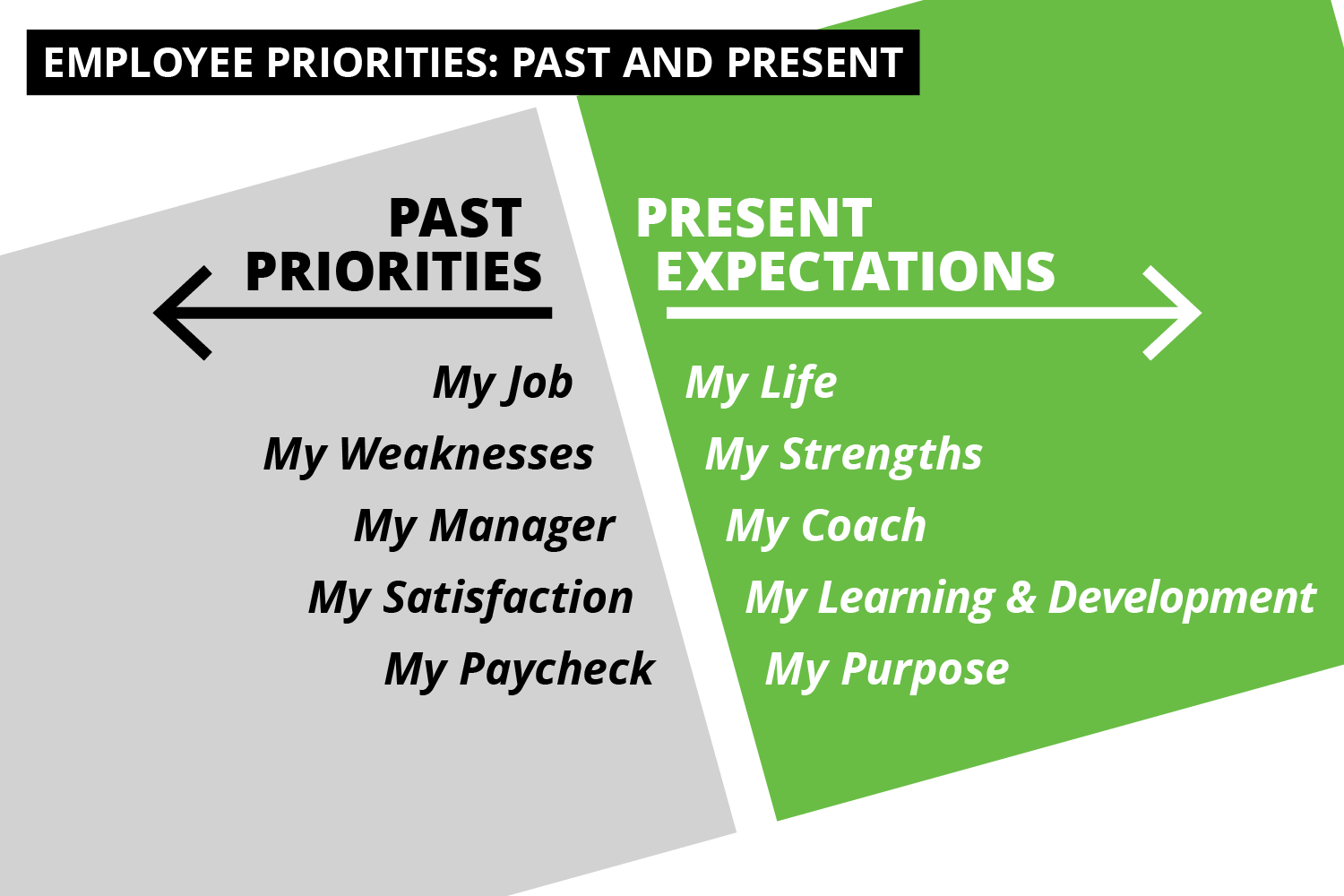
Many of today’s Fortune 500 firms will be wiped out over the next 10 years.
If that sounds like a bold prediction, it’s not. 88% of the Fortune 500 firms that existed in 1955 are gone.
It’s no wonder that nine out of ten HR directors say that the ability to hire candidates who are able to deal with change is a major recruitment goal.
When a wave of disruption and change hits, there are two potential outcomes. It can either:
- Rip the rug out from under an organization, creating a panicked and uncompetitive workforce while cannibalizing precious market share.
- Trigger the necessary innovation that marshals your talent, and catapults you ahead of your competitors.
Familiar examples of this include:
- Blockbuster Video’s demise and the rise of Netflix
- Uber’s overtaking of the rideshare and private taxi market
- Kodak failing to adapt and capitalize on new technology
- Toys “R” Us going extinct because it didn’t adapt to new practices in ecommerce
These examples show that to survive in the modern world, your organization must be agile enough to adapt, pivot and compete at any moment. This requires a workforce that is:
- Skilled
- Engaged
- And aligned
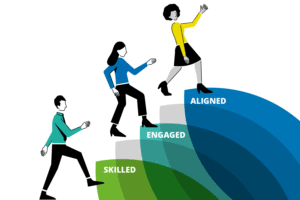
Used in isolation, or without addressing talent experience, talent management systems do little to build such a workforce. This is because:
1. Skilled workers are in short supply
As the Fourth Industrial Revolution takes hold, the demand for competitive skills required to thrive in a digital-first and complex workplace is high. The supply of skilled workers, however, is low.
Employees that currently possess coveted skills are now asserting their expectations in the workplace.
2. Employees want meaningful work
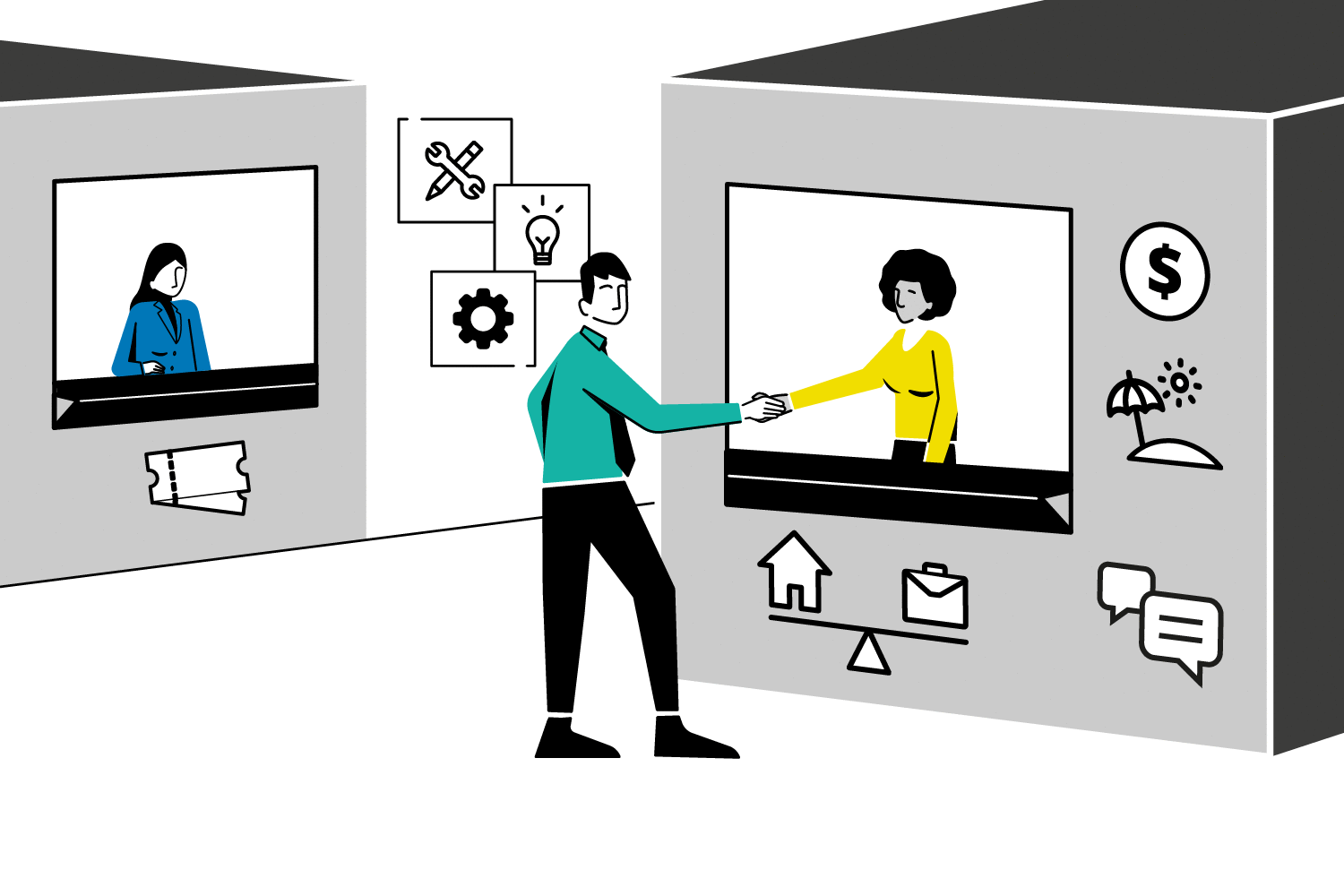
Employees that perform well are more likely to view their role as “relationship-focused” and their work environment as “collaborative.”
This shows that modern workers prioritize purpose and meaning in their work. They want to work for (and will invest more of their hard-earned money into) companies that stand for something and offer a job role in which they can learn and develop.
When employees find meaningful work in which they can build their skills and expertise, they respond with higher levels of performance and a stronger sense of loyalty.
3. Organizational structure is changing
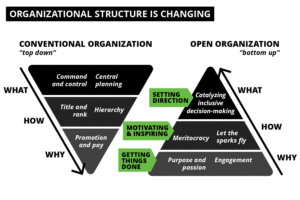
Today’s employees want more autonomy, and the ability to contribute to important decisions.
Autonomy, (alongside mastery, and a sense of purpose) nurtures employee engagement and wellbeing. A study analyzing 20,000 workers found that those who experienced higher levels of autonomy had a higher sense of job satisfaction.
This shift is catalyzing the continued departure from command-and-control structures.
We’re moving away from micromanagement and towards 360-degree style shared decision making and mentorship (as supported in our agile performance management system, Totara Perform.)
Unfortunately, no matter how good we are at logistically organizing employees, we can’t just “muscle manage” our way towards an exciting and engaging work environment.
We must consciously cultivate a sense of purpose, development and connectivity throughout the daily employee experience.
This is where talent experience takes over to build long-term employee engagement that inspires loyalty and attracts a talented, adaptable and agile workforce.
“The future of work is about connectivity, creating a work environment that appeals to today’s workforce by building a coherent sense of identity, sparking connections, and using data to personalize the experience.” – Kate Bravery, Career Global Solutions Leader at Mercer.
What Is Talent Experience And Why Is It Important?
Perks and benefits might temporarily boost engagement, performance and motivation, but they err on the side of short-term tactics rather than sustainable strategies.
This is because employees are no longer content with clocking in, pocketing a paycheck and enjoying a few pleasant perks. To feel engaged and perform at the highest level, they expect an enjoyable work experience – one that improves their career, work and wellbeing.
An engaging everyday experience that mutually benefits both the employee and the employer sounds ideal, but it begs the question:
How do you improve employee engagement within the employee life cycle?
Talent experience is the answer.
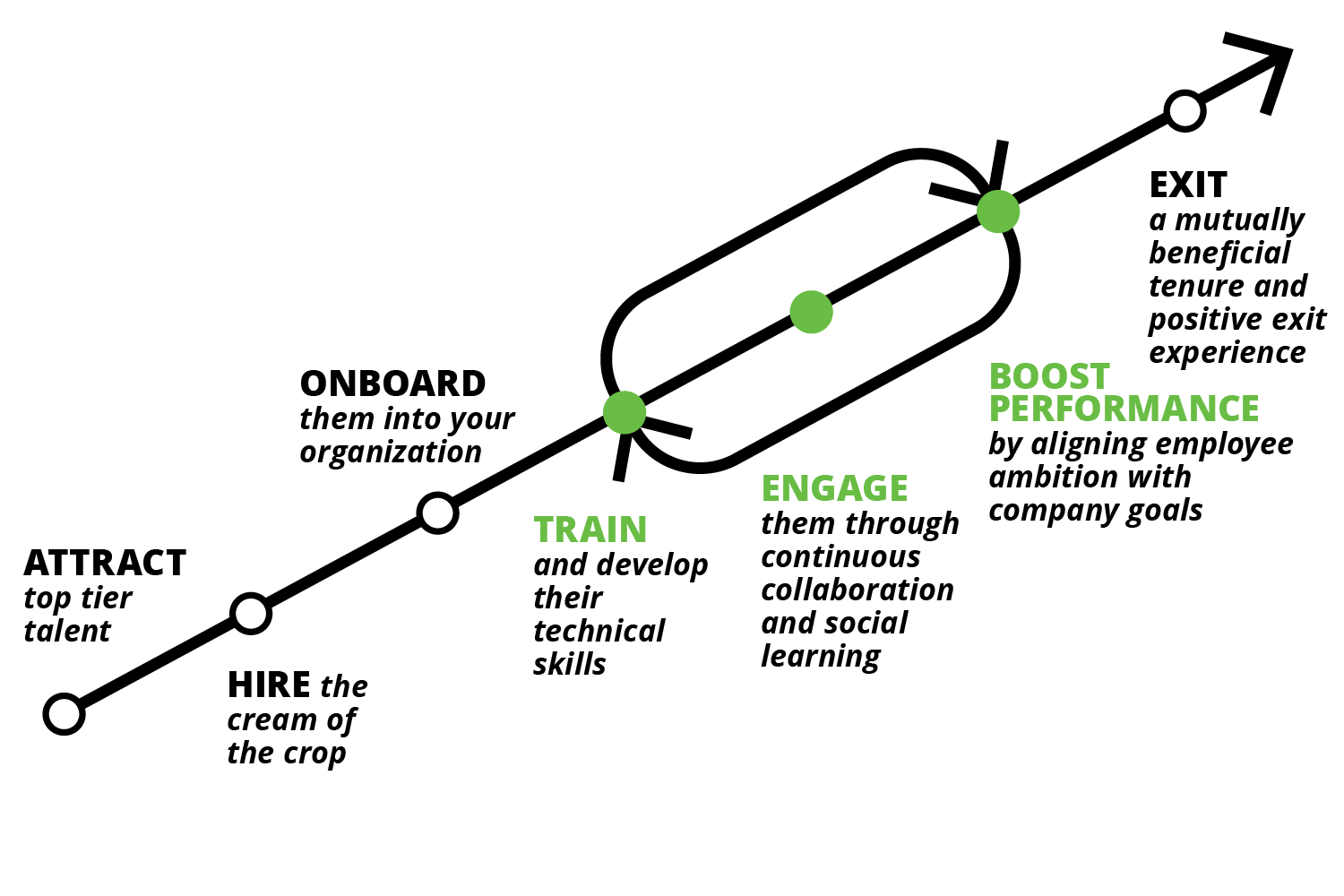
“We’re dedicated to creating a thriving culture.” – Matthew Morgan, Vice President of Employee Experience and Development for Pandora
Talent experience management is an employee-centric approach to driving a more engaged, and as a result, more productive and adaptable workforce. It prioritizes:
- Cultivating a strong a sense of progression and purpose in your people
- Showing employees that they are trusted and valued
- Motivating employees with modern performance management
- Closing skills gaps while offering career training that employees desire
- Nurturing collaboration and teamwork throughout the organization
Doing talent experience the right way will crack the code to a strong everyday employee-employer engagement loop that motivates, aligns and develops your people.
This is why leading companies like Adobe, Airbnb and Tesla have designated VPs of Employee Experience.
Talent Experience Platforms Vs Talent Management Systems
Throughout the working lifecycle, experiences involving talent management are often touch-and-go or background processes to an employee. For example:
- An employee is usually hired and onboarded once
- Payroll structure is essential to HR, but as long as an employee is receiving the right pay at the right time, they will not think about it every day
- Interview scheduling, candidate filtering, appointment confirmation, job ad management… these make the lives of the HR and hiring department easier
Once an employee is inside your organization, most talent management processes fade or focus on background logistics. Hence they are involved in, but don’t define the employee experience.
True talent experience, or the employee-employer experience loop, occurs after being onboarded and before departing your organization. This takes place when an employee:
- Knows what they need to do for a promotion after a performance review
- Is being upskilled on their desired topic
- Feels valued and listened to by management
- Is part of a functioning team that works together
- Has the right resources for the job
- Receives praise and recognition for their hard work
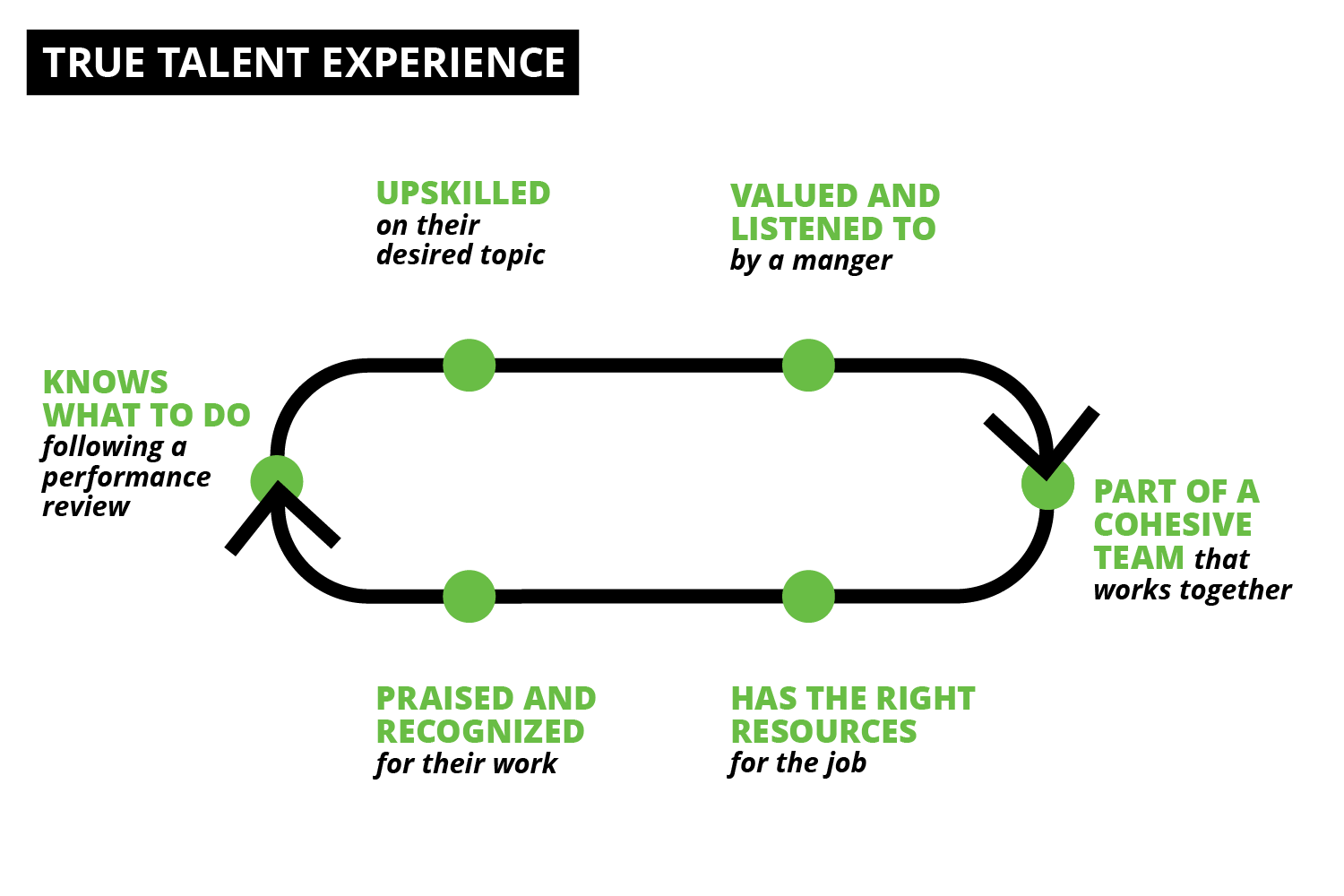
Which brings us to the biggest difference between talent management systems and talent experience platforms: Talent management systems initiate and regulate the employee lifecycle by attracting and helping manage employees.
A talent experience platform, on the other hand, has a deeper objective. It focuses on nurturing a sense of purpose, development, collaboration and strong alignment once an employee is settled within your organization.
This enriches the daily employee experience to boost engagement and performance.
The 3 Elements Of Employee Experience and Engagement
To create a compelling employee value proposition or talent experience, the focus must shift to:
- Learning and development: In addition to mandatory compliance training, are employees getting better at their craft or learning the skills they want? Are they learning the skills that will benefit your organization in the future?
- Enabling engagement and collaboration: Are employees able to collaborate and communicate with each other effectively? Can they learn what they need to, in the flow of work?
- Performance and mentorship: Does your performance management process support alignment? Do employees understand how their day-to-day roles benefit the organization?
Combined, these three elements unlock exceptional employee experience and organizational performance. Here’s how:
Element #1: Learning and development upskill your entire organization
When choosing a company to work for, nearly 87% of candidates rank learning and development opportunities in the workplace as critical.
While there are multiple layers and stages that sculpt the employee experience, an often overlooked (but important) aspect is effective learning and training. Research shows that high-quality training increases employee engagement because it influences “psychological variables” such as:
- Motivation
- Commitment
- Organizational trust

This is because employees crave mastery. They want the tools, training and access to expertise that takes them beyond competence, and certifies them as experts in their chosen fields.
For smart employers, investing in learning and development transcends typical tick-box compliance and regulatory training.
It’s an opportunity to fill in knowledge gaps, create an adept, adaptable workforce and strengthen the skills of employees – something that can generate a 14-29% increase in profit.
Element #2: Collaboration unites and empowers your workforce
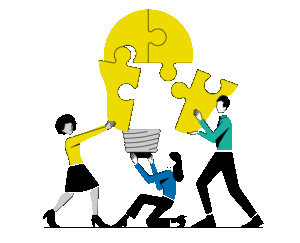
When Mitchells & Butlers, the umbrella brand for over 1,700 pubs, cultivated a collaborative environment with Totara Learn, it immediately improved engagement, performance and business outcomes. Compliance rates reached 89% and food quality scores increased by 5% across the board.
Collaboration creates a more motivated and engaged workforce because people are smarter together. The collective knowledge of a diverse group beats the inert expertise of a few lone wolves.
Employees also produce better work together. Working and learning in isolation is proven to be less effective, and in some cases, disengaging
Element #3: Performance management improves alignment and productivity
A study by Slack discovered a noticeable difference in the performance and engagement of “aligned” and “unaligned” workers. Aligned workers connect their company’s goals to their personal career ambitions and carry a strong sense of purpose.
As a result, they’re motivated to not only take action but also contribute their very best to your organization.
Unaligned workers, however, are disconnected from your organization’s objectives. They often feel disengaged, work in silos and “do not feel empowered to make strategic business decisions.”
Employee alignment and productivity is heavily influenced by performance management.
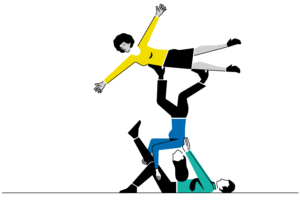
For employers, this means embracing, or improving existing performance management practices (both are possible with an adaptable system like Totara Perform) to enable:
- 360-degree feedback
- Frequent check-ins
- Competency frameworks
- Employee goals
This paints a more detailed picture of actual performance without enforcing the top-down, command-and-control structure that repels most employees. At the same time, it also ensures that your organization’s goals align with your employees’ ambitions.
How Current HR Tech Harms The Employee Experience
99% of business and HR leaders are taking drastic action to prepare for potential changes in the workplace. And in the PwC’s 2020 HR Technology Survey of over 500 HR leaders, eight out of ten cited challenges with change agility.
It’s clear that organizational adaptability and agility are (rightfully) being embraced. But what exactly are leaders investing in?
74% of surveyed leaders said they intend to spend on technology that improves the aforementioned key elements of employee experience:
- Developing the potential of talent
- Improving the employee experience
- Ensuring wellbeing
- Creating a collaborative work environment
Unfortunately, ramping up your spend on talent experience technology alone doesn’t solve the historic problem plaguing the world of HR and people development…“HR tech disconnect.”
Most organizations scramble between complicated and fragmented systems for learning, collaboration and performance management. This includes, but isn’t limited to:
- An isolated learning management system that is not tethered to individual or organizational goals. This disconnect with other systems results in a costly catalog of courses that are misaligned with“ real-world” job roles and future skill gaps.
- A rigid performance management system that fails to embrace flexible performance management. Hence failing to align and motivate the workforce.
- A one-directional engagement/communication system that might enable basic communication, but fails to engage employees due to a lack of focus on collaboration, in-the-flow of work learning, mentorship and recognition.
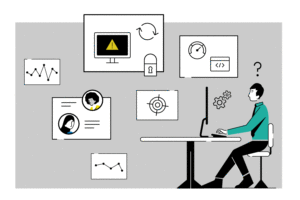
These scattered systems suffocate the ROI generated from spending on HR and L&D tech. They separate and slow down your organization’s people, technology and unique processes.
IT and admin departments, for example, become entangled between a bulky, complex web of platforms. Can you imagine the nightmare it would be to access technical support or request tailored solutions from every individual vendor?
Siloed systems of management are also exacerbated by technical barriers between teams and departments. For example, non-integrating technology means the management team can’t see how the training team’s content links to performance and vice versa.
This results in an inefficient, disconnected workplace that’s ill-equipped for the future.
To succeed, an adaptable organization needs tight integration between all three elements of talent experience to unlock engagement and performance. Learning, collaboration and performance management need to work as one system – in both a technological and operational manner.
That’s why here at Totara, we built the Totara Talent Experience Platform to unite all the talent experience technology you need in one solution, so you can win today’s workplace to conquer tomorrow’s marketplace.
Introducing The Totara Talent Experience Platform: Achieve The Full Potential Of Your Organization
“To win in the marketplace…you must first win in the workplace.” – Douglas Conant
Comprising three solutions – that are powerful on their own, but transformational when used together – Totara’s Talent Experience Platform helps you build a better workplace, increase resilience and prosper in today’s fast-changing world. It unites:
1. Totara Learn – the flexible LMS trusted by millions of learners and favored by companies worldwide (like Samsung and Indeed) to deliver transformational learning.
2. Totara Engage – the new learning experience platform (LXP) built to engage, unite and upskill your workforce. Totara Engage empowers employees to simplify complex knowledge sharing with collaborative workspaces and Microsoft Teams integration, to deliver higher employee engagement.
3. Totara Perform – with flexibility, organizational control and continuous performance management at its core, Totara Perform enables the modern enterprise to deliver peak productivity. Evidence-based performance reviews allow for objective performance measurement to boost workplace productivity, anytime, anywhere.
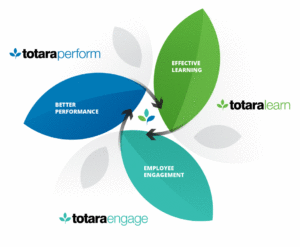
Together, these intuitive systems (that integrate with your current HCM and L&D tech) empower you with a talent experience platform that improves every aspect of your employee-employer experience to unlock peak performance and boost agility in your organization.






